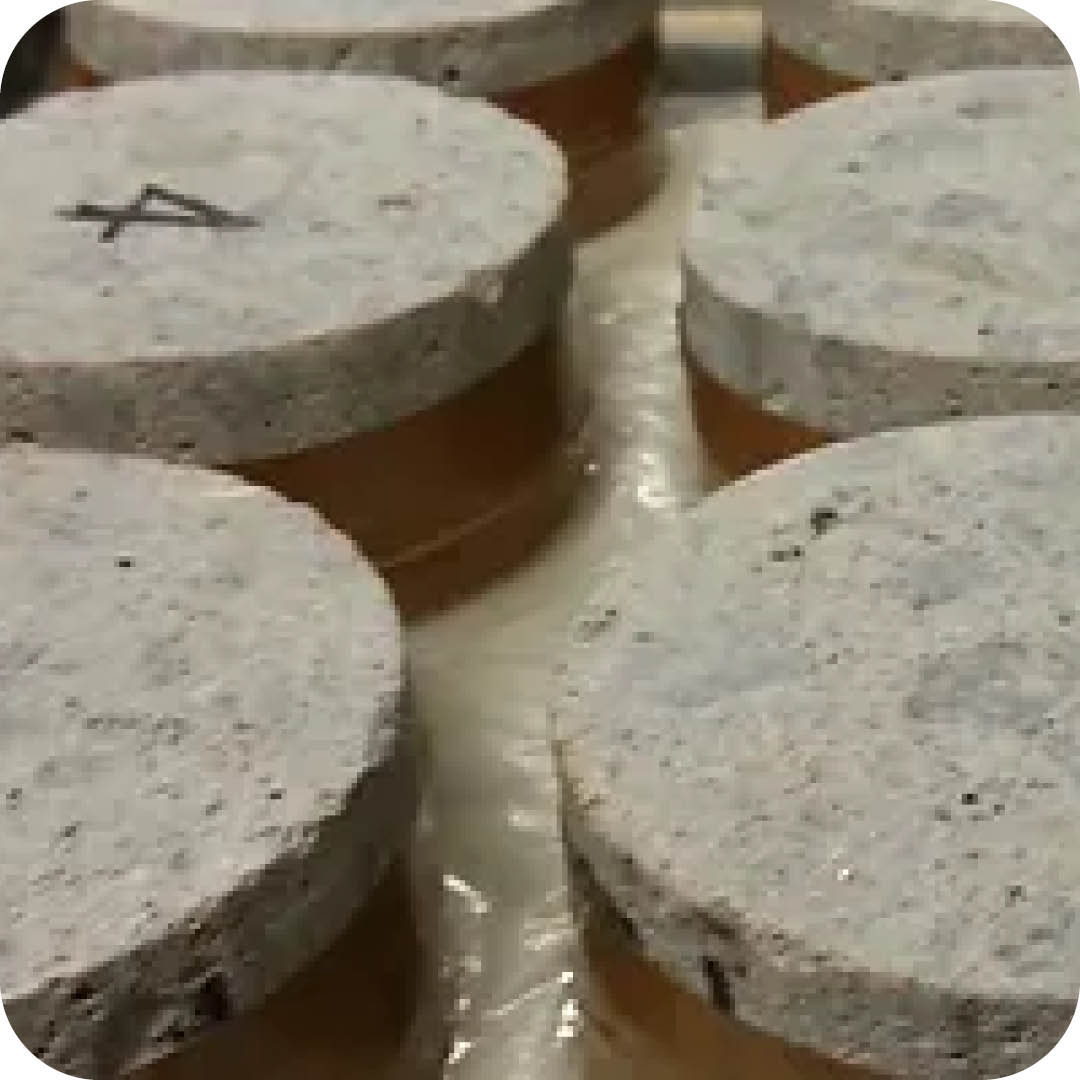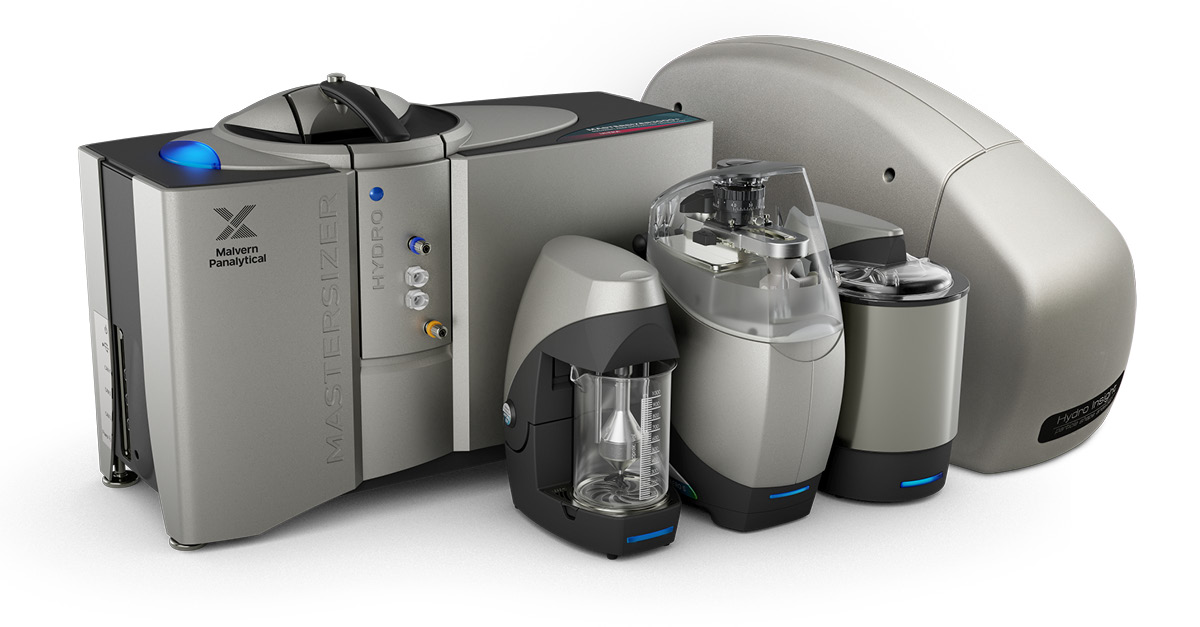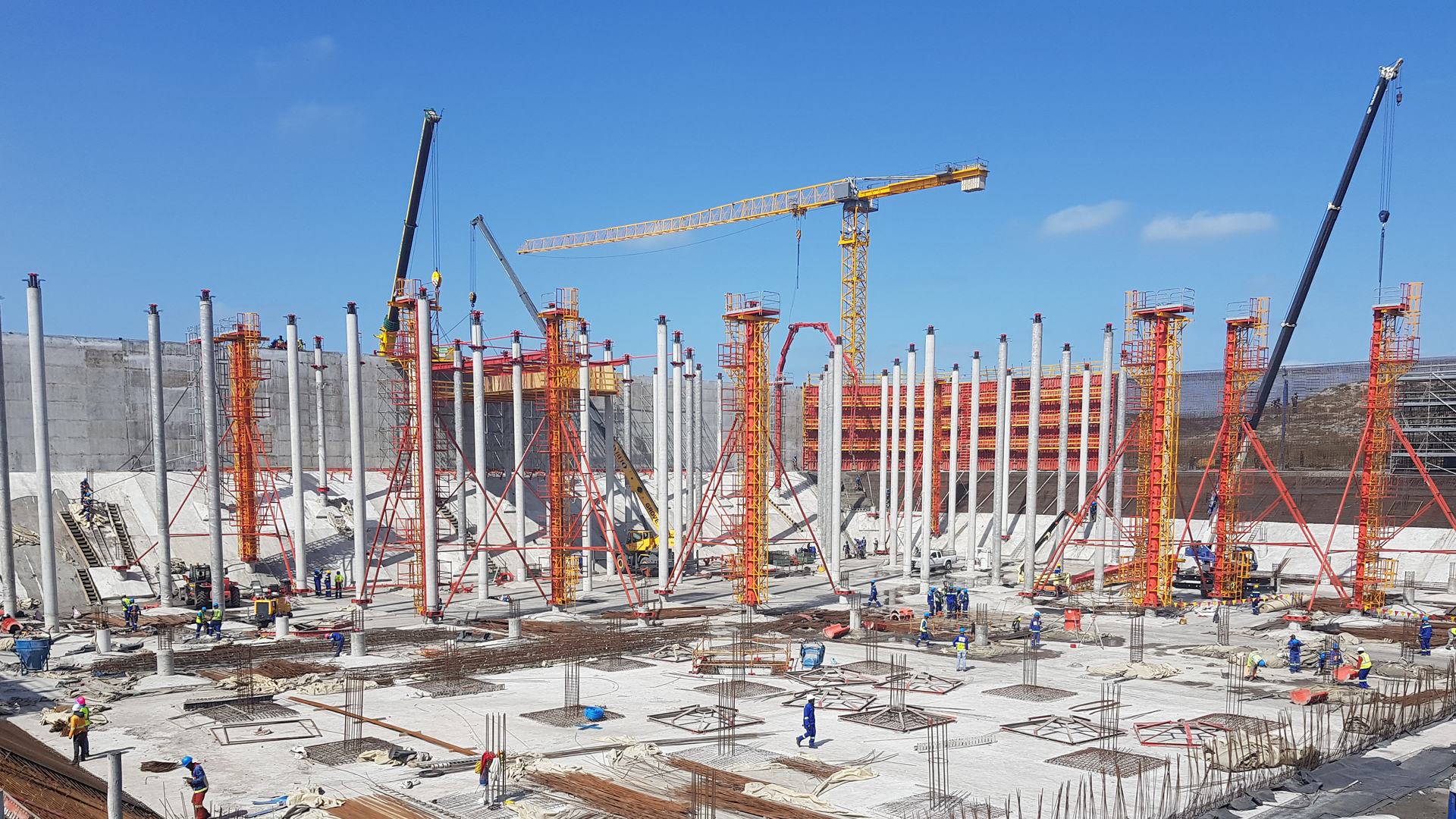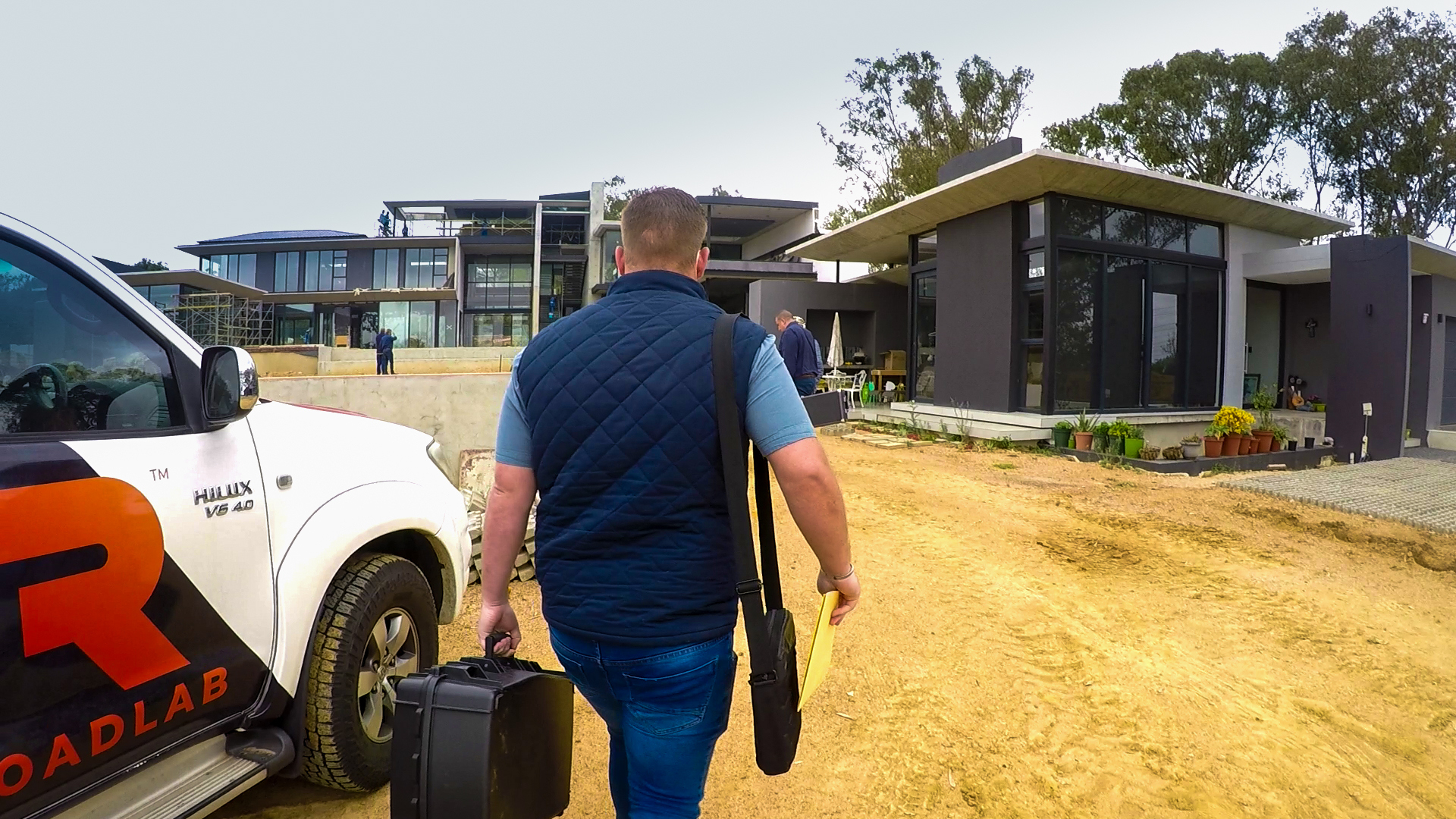A Construction Guide To
Concrete Testing
If your work relies on concrete testing, this comprehensive guide is for you.
In this guide we will walk you through all the stages of concrete testing for construction, showing you exactly what to expect and how each stage contributes to your success.
What is Concrete Testing? | Mix Designs | Non-Destructive Testing | Concrete Sampling | Concrete Strength | Concrete Durability
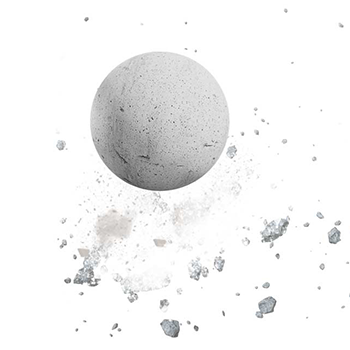
REACH OUT
What is Concrete Testing?
A Fundamental Role
Concrete is the most used man-made substance in the world. After water, it is the most used substance.
Concrete testing plays a fundamental role in the construction and engineering industries.
By meticulously coring, sampling and analyzing concrete samples, concrete testing provides vital information before, during and after construction.
Engineers and construction professionals use the information from concrete testing to assess their materials, understand their sites, plan their work and improve their project’s chances of success.
Step-by-Step Procedures
Concrete laboratories follow comprehensive step-by-step procedures, both in the field and in the laboratory, when performing concrete testing.
In the field, tests such as the slump test are conducted to measure the consistency and workability of fresh concrete to ensure that it conforms to the mix design.
In the laboratory, more detailed analyses, including compressive strength tests on concrete cubes and concrete cores, provide comprehensive data on the material’s properties.
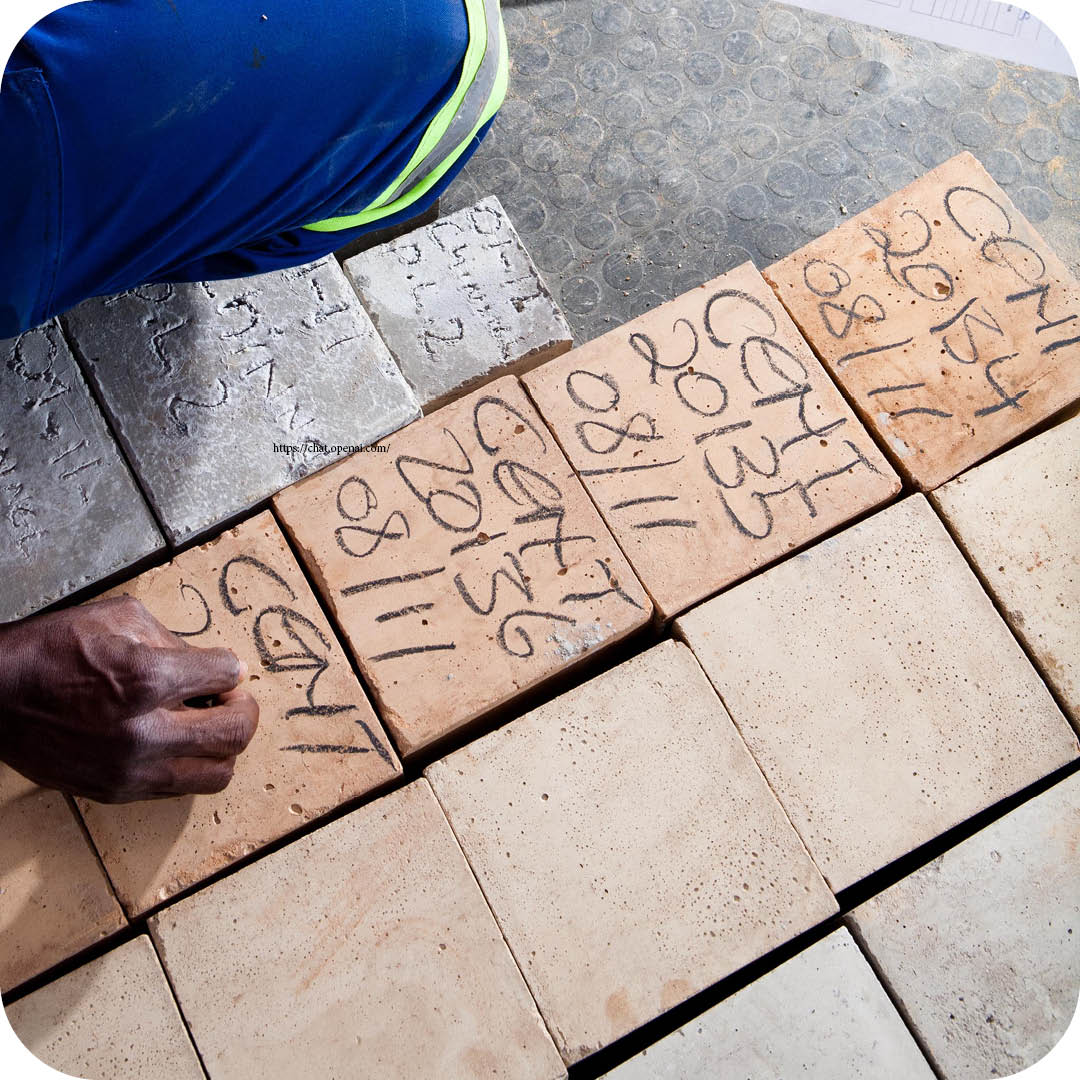
Concrete Sampling
Collection of representative samples of material for testing.
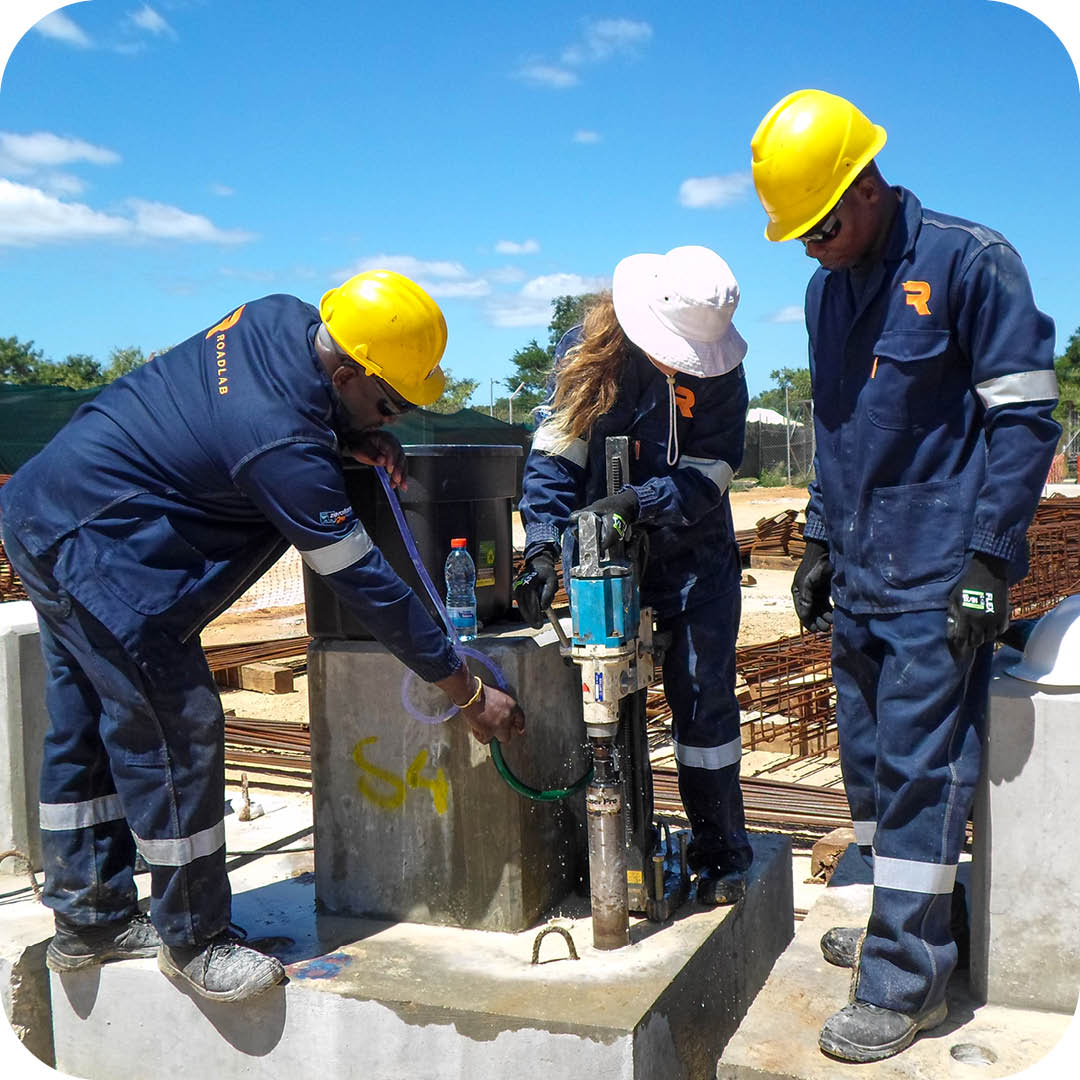
Concrete Consistency
Determining the concrete sample’s workability.
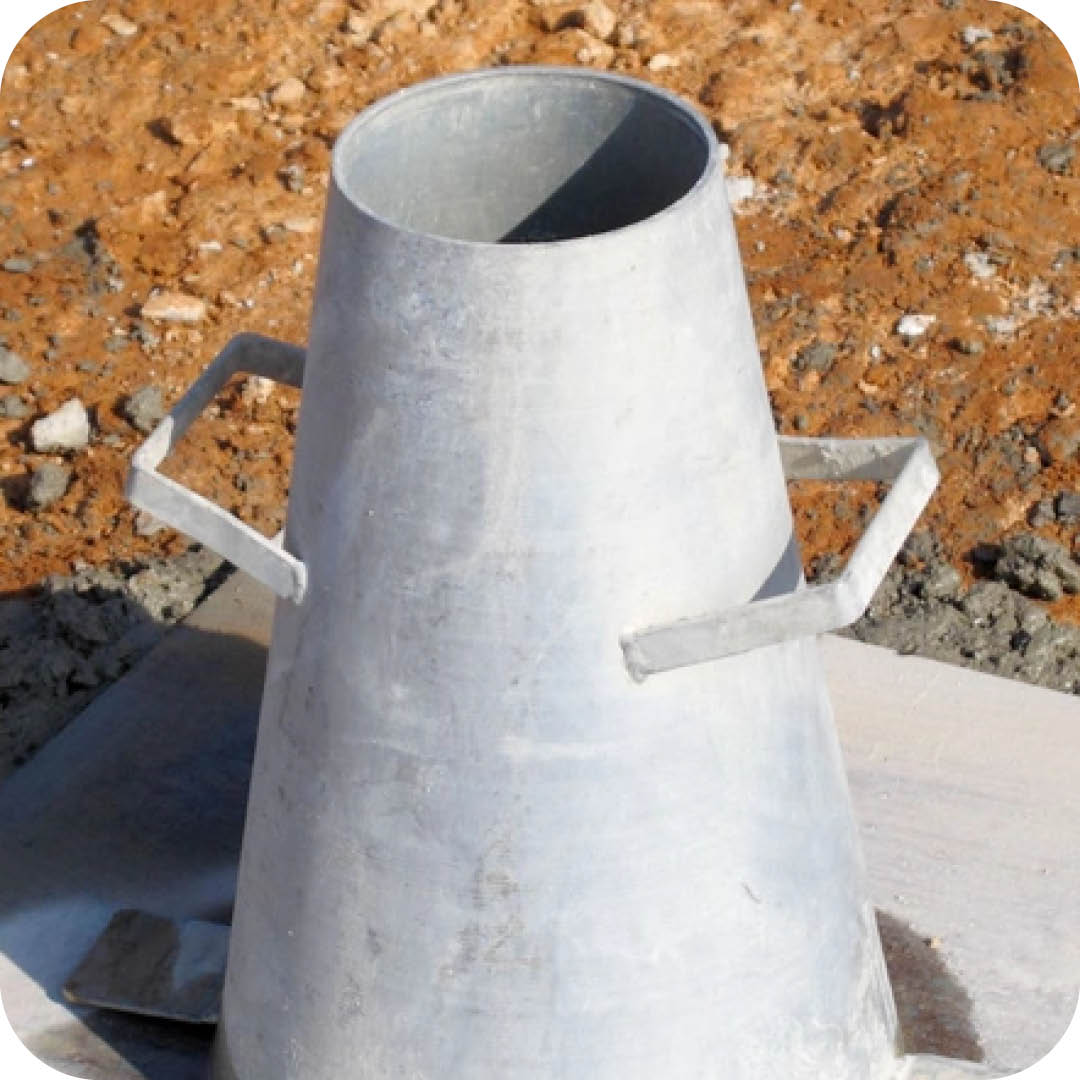
Concrete Strength
Determining a range of different strength characteristics.
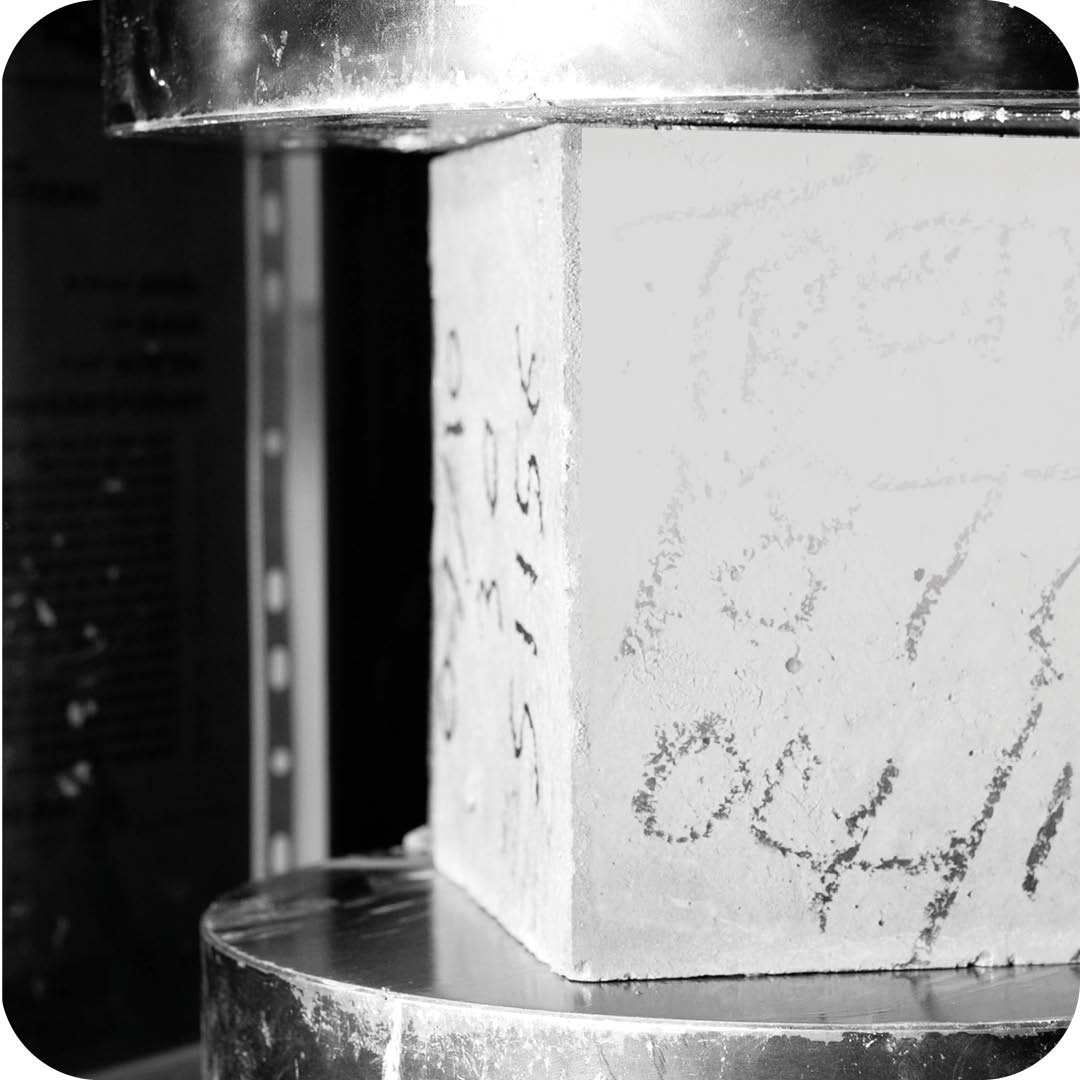
Non-Destructive Testing
No Damage
Non-destructive testing methods such as the Schmidt hammer (also known as the rebound or impact hammer) are crucial for evaluating the concrete strength without damaging the concrete or the completed structure.
Methods like these provide valuable data on many concrete characteristic and help in making informed decisions on site without the need for destructive sampling.
Advanced Technology
With Ground Penetrating Radar (GPR), we can locate voids, defects and sub-surface elements with clarity in completed structures. We can reveal and assess integrity issues in concrete structures without comprising a range of materials without sampling.
Ultrasonic pulse velocity (UPV) testing assesses the homogeneity and integrity of concrete by measuring the speed of ultrasonic waves through the material to identify voids, cracks, and other integrity issues within the concrete structure.
These non-destructive tests are essential for ongoing quality control, ensuring the safety and durability of concrete structures throughout their lifespan. They provide continuous monitoring and early detection of potential issues, allowing for timely maintenance and repairs.
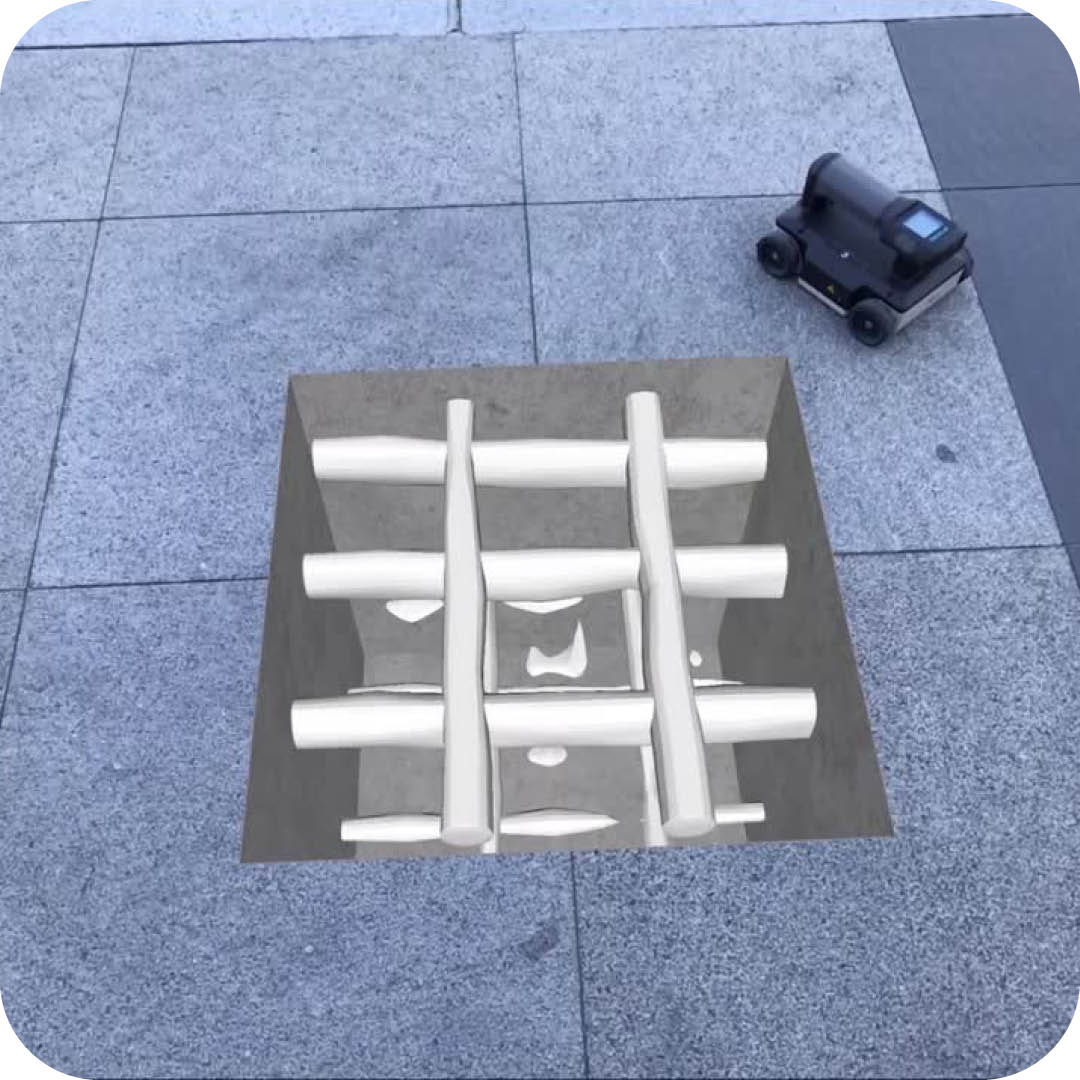
GPR Scanning
Map reinforcing within concrete members.
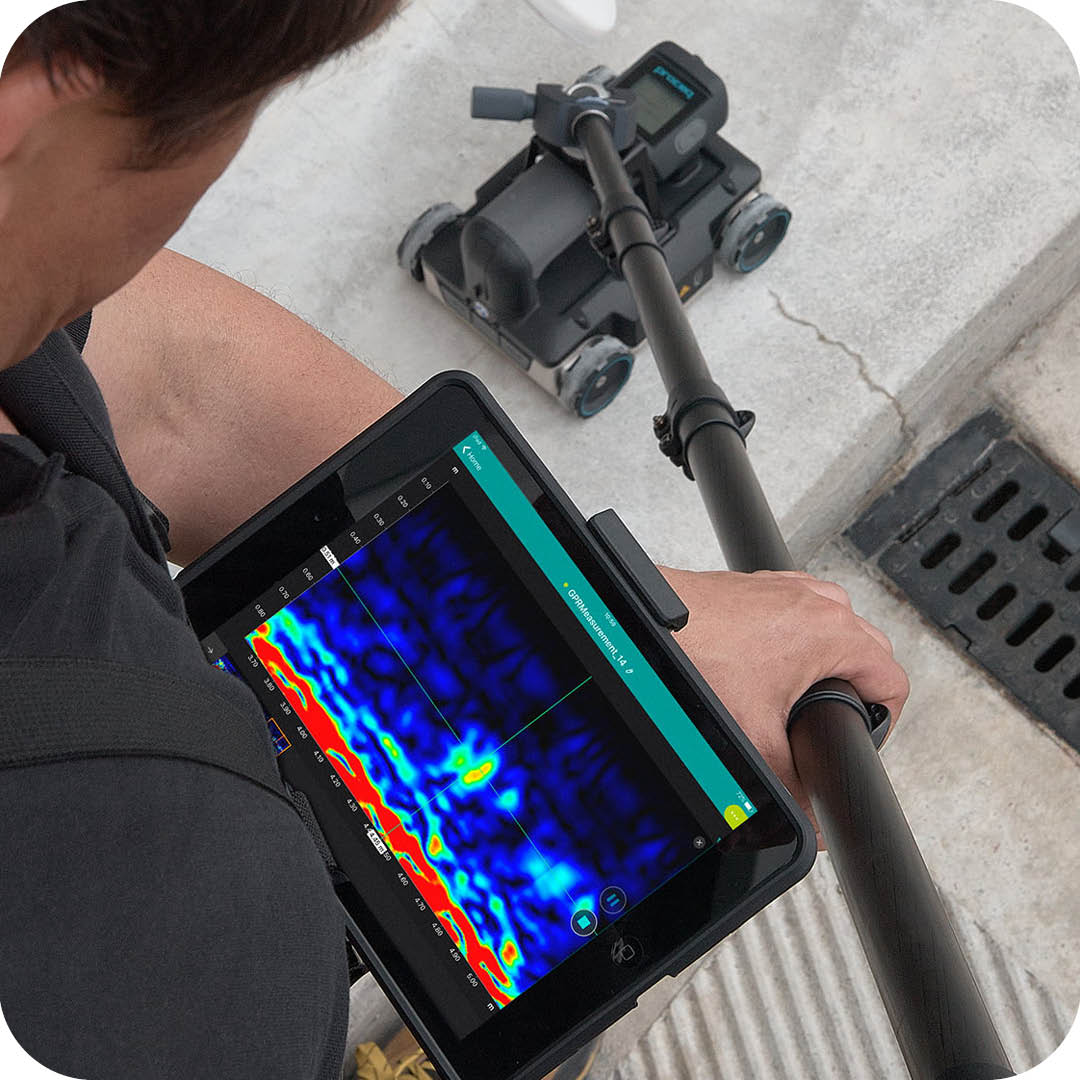
UPV / UPE
Identify integrity issues in concrete without sampling.
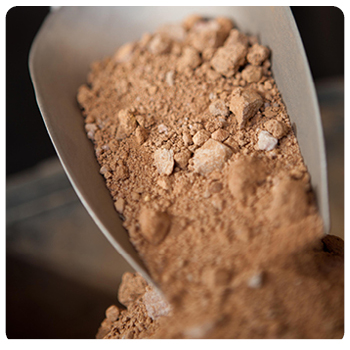
Half-Cell Potential
Establishing the extent of corrosion of the reinforcing within the structure.
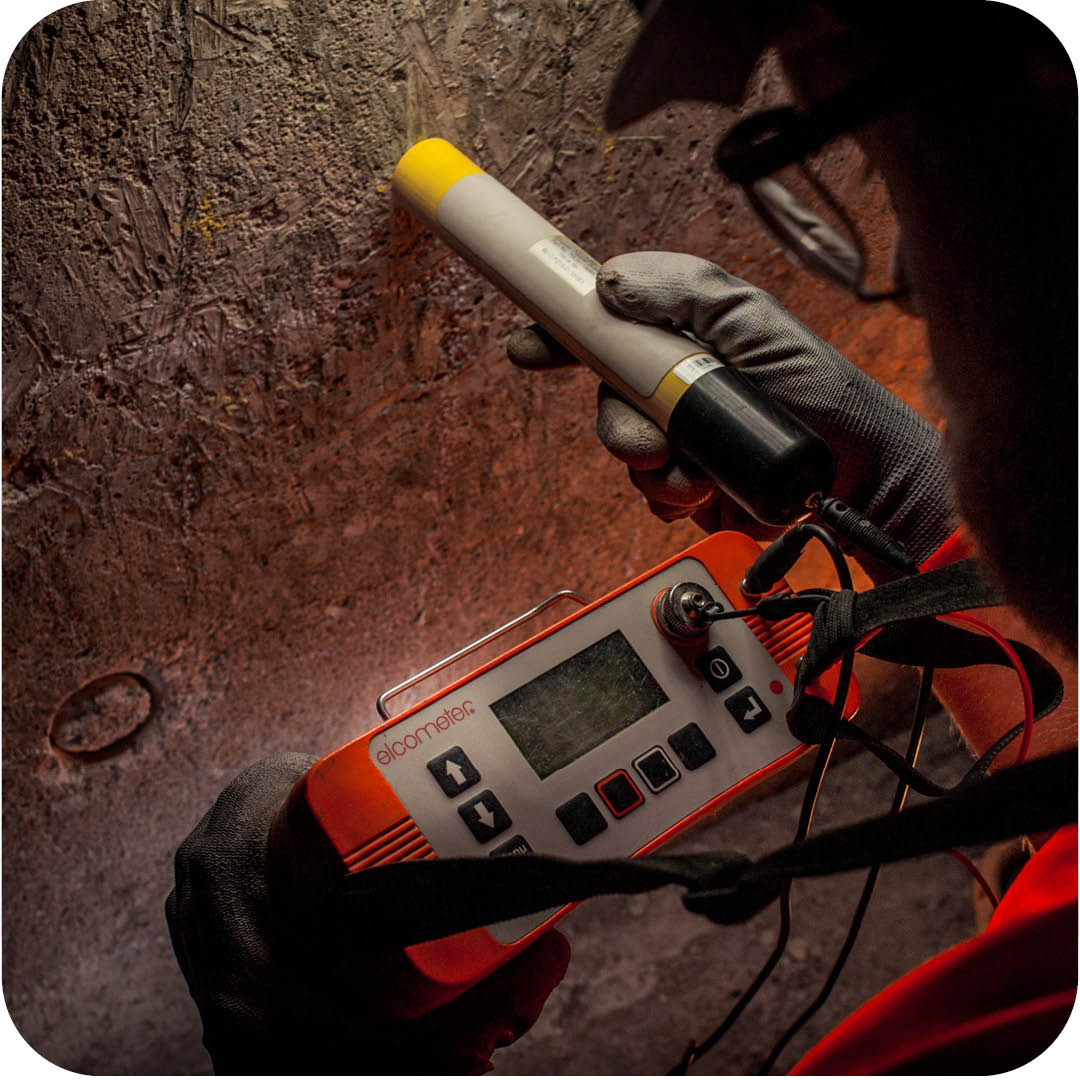
Mix Design
Optimal Performance
Creating the right mix design is essential for achieving desired concrete strength and durability.
Concrete laboratories conduct mix design tests to ensure the proper ratio of the aggregates and water testing required to conform to potability, aiming for optimal performance and compliance with project and national specifications.
Mix designs are tailored to meet specific project requirements, considering factors such as environmental conditions, load-bearing needs, and longevity.
Unique Purposes
By adjusting the proportions of materials, concrete can be optimized for various applications, from high-strength structural elements to durable pavements and cost-effective concrete design.
Laboratory tests, including trials with different cement types and admixtures, help in fine-tuning the mix design. The goal is to achieve a balance between workability, strength, and durability.
Proper mix designs reduce the risk of issues like cracking, shrinkage, and permeability, ensuring a high-quality concrete product.
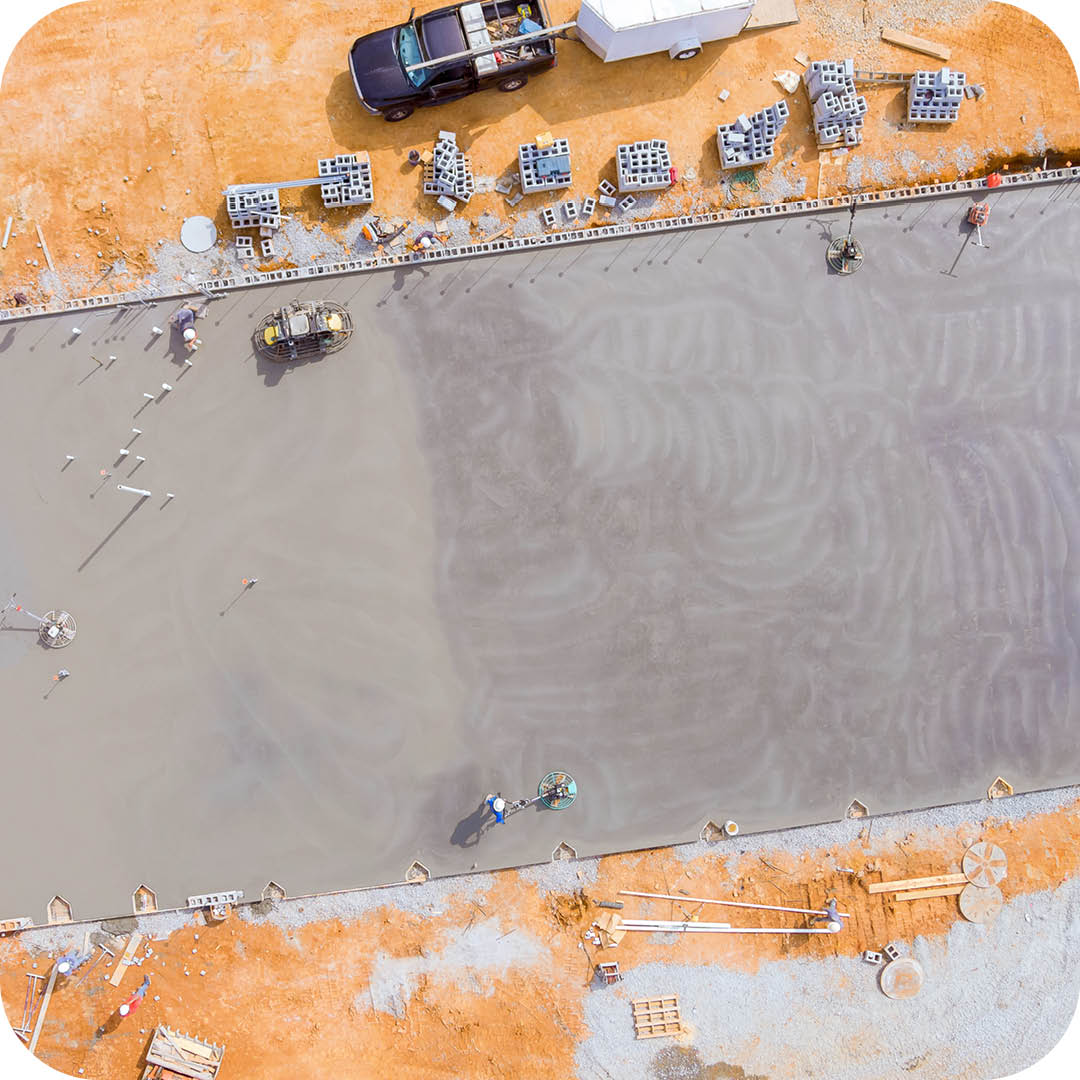
Aggregate Testing
Ensuring compliance of aggregates to be used in concrete.
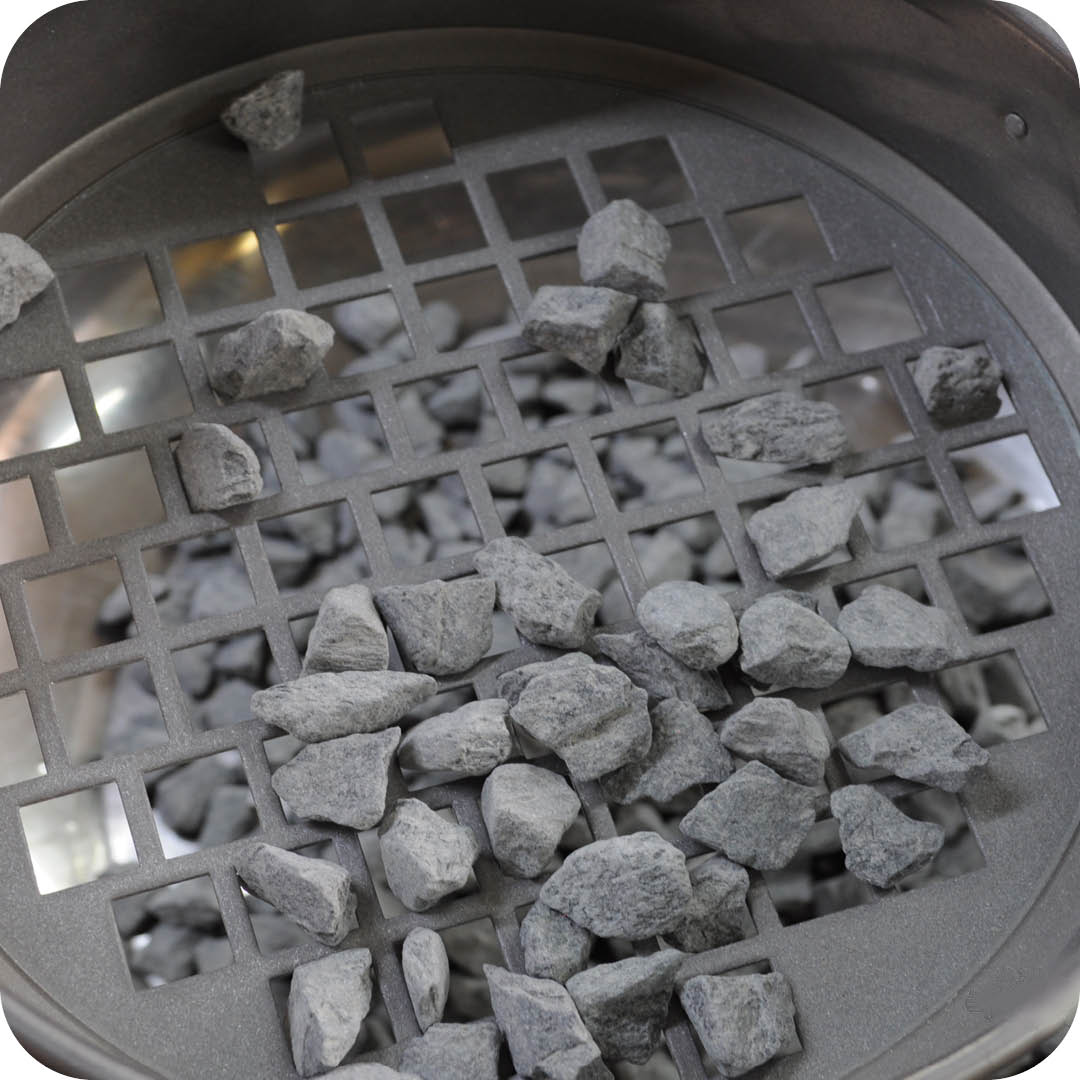
Theoretical Mix Design
Determine strength characteristics and aggregate distribution ratios.

Mixing and Testing
Applying and testing Theoretical Mix Design in practice.
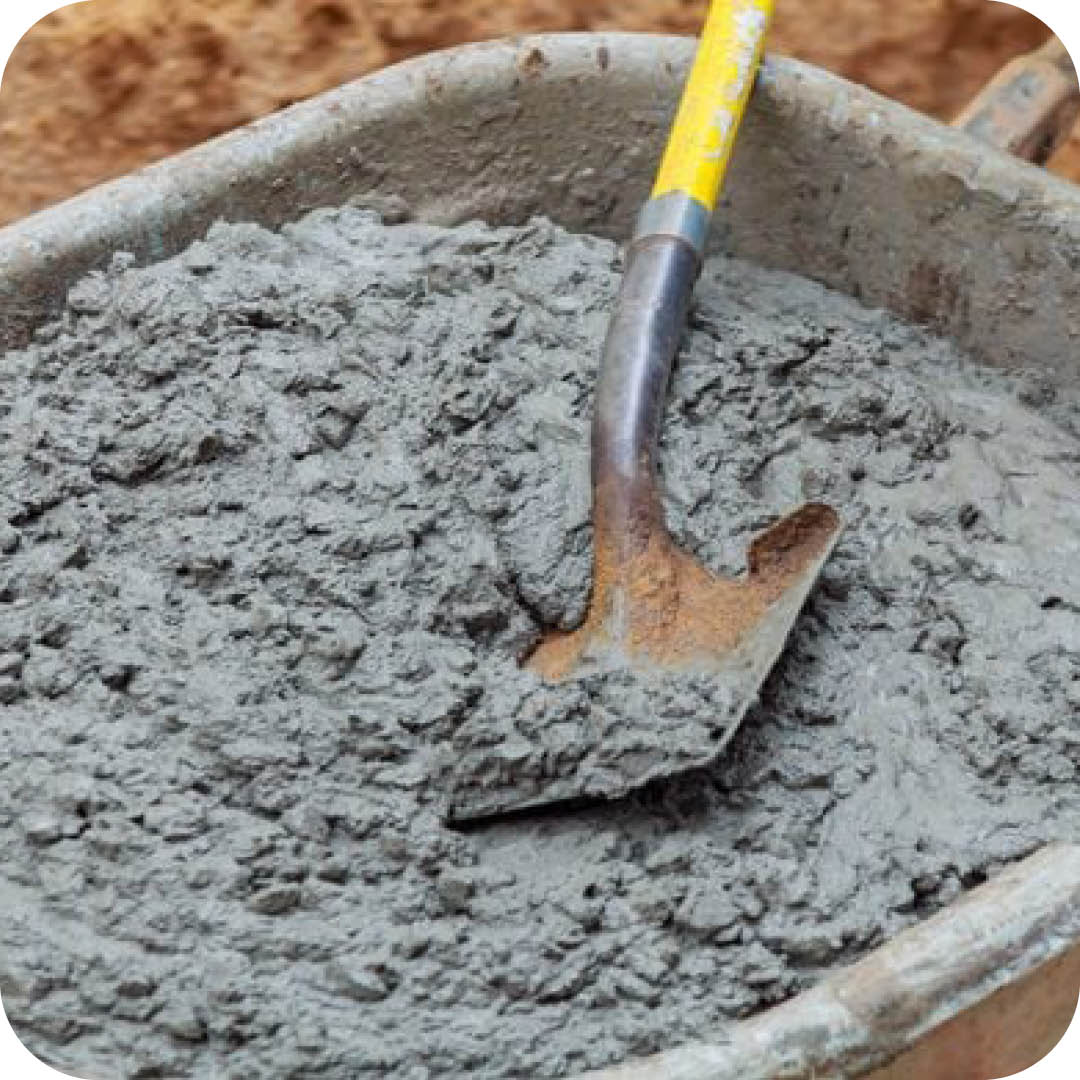
Concrete Sampling
Concrete sampling involves taking a representative sample of freshly mixed concrete to make cube specimens or extracting cores. This step is vital for assessing the concrete’s quality and ensuring it meets the required standards.
Concrete cores provide a more comprehensive understanding of in-situ concrete, allowing for detailed analysis of its physical and chemical properties. This includes testing for compressive strength, density, and the presence of any contaminants or deleterious materials.
Concrete cubes, typically 150mm in size, are molded from fresh concrete and cured under controlled conditions before testing. Cube testing is a standard method for determining the compressive strength of concrete. Proper curing and handling of concrete cubes are crucial to obtaining accurate results.
Concrete sampling and testing help verify that the concrete used in construction complies with design specifications and quality standards. Regular sampling and testing throughout a project ensure consistent quality and performance, minimizing the risk of potential rework, delays and structural issues.

Fresh Concrete Sampling
Sampling of fresh concrete from readymix trucks or conveyor belts.
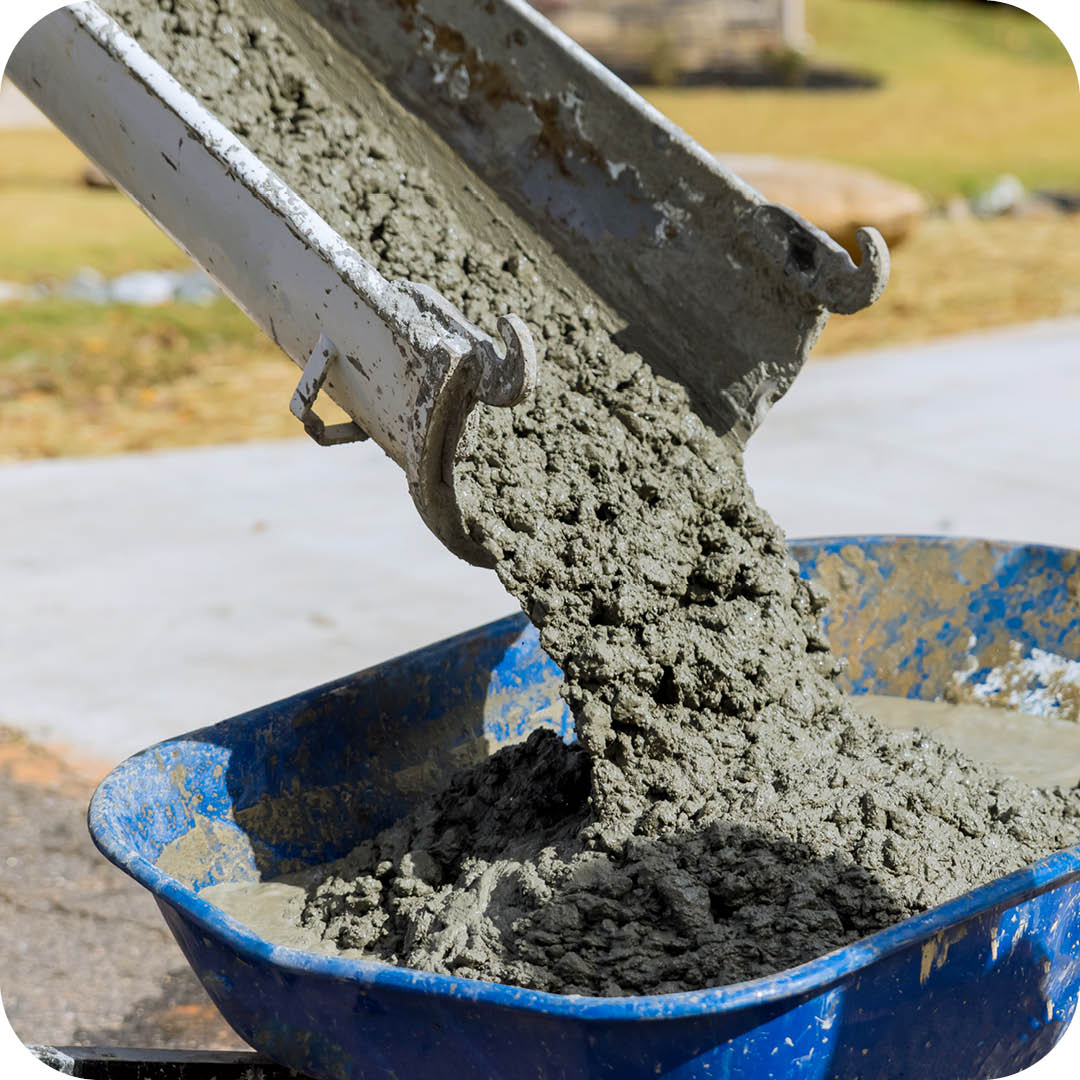
Hardened Concrete Sampling
Coring of concrete samples or existing members.
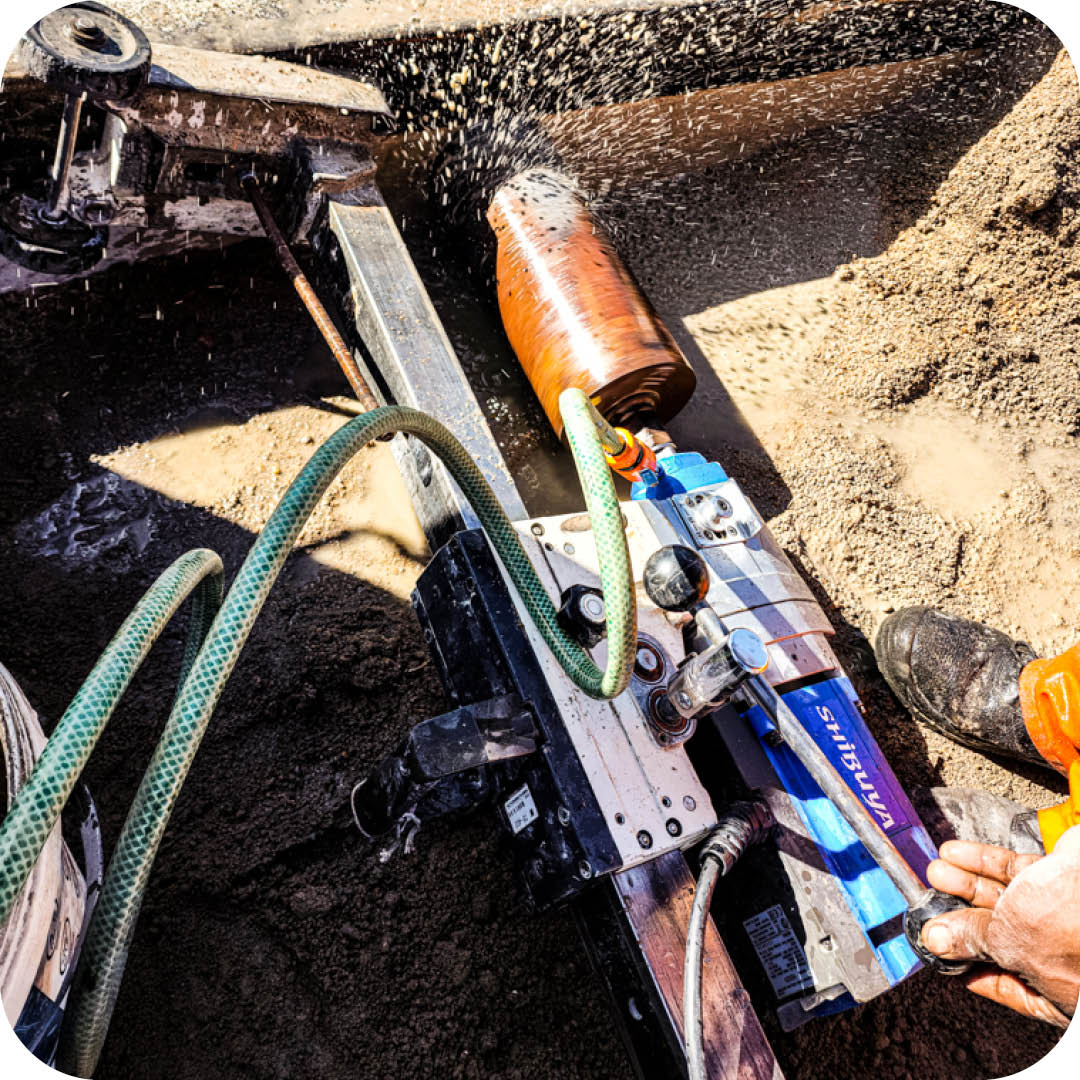
In-lab Concrete Sampling
Sampling of fresh concrete from pan mixes.
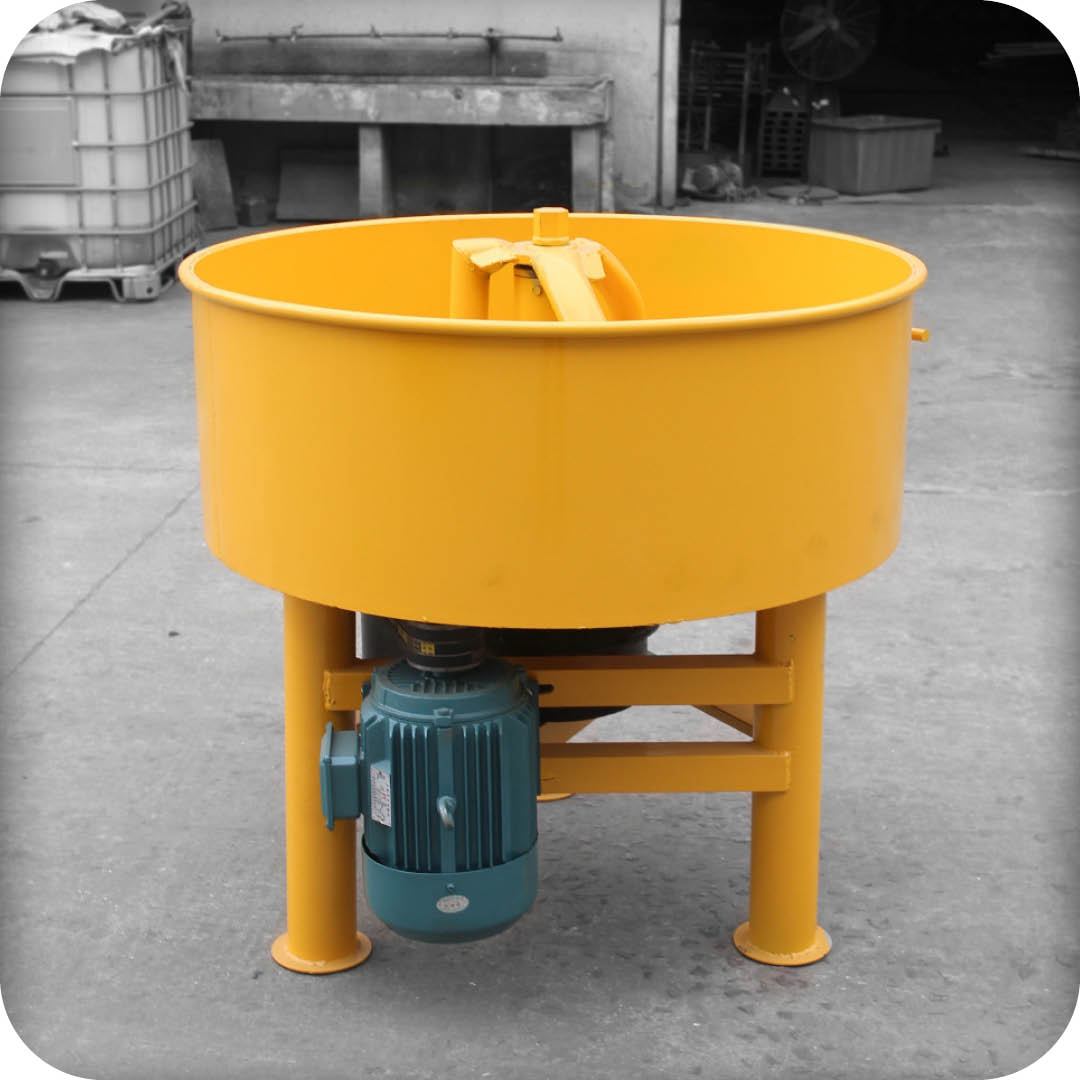
Concrete Strength
Concrete strength tests, including compressive strength and flexural strength tests, are conducted on concrete cubes, cores and beams to evaluate these critical characteristics of concrete.
Compressive strength tests involve applying a gradual load to a concrete specimen until failure.
Cube testing is a standard method for measuring the concrete’s compressive strength.
The maximum load at failure is recorded as the compressive strength. This test is essential for ensuring that the concrete can withstand the forces it will encounter in service.
Flexural strength tests measure the ability of concrete to resist bending or flexing. This is particularly important for concrete elements subject to tensile stresses, such as beams and road pavements.
Flexural strength is assessed using a two-point loading method, where a concrete beam is loaded until it fractures.
Understanding concrete strength is crucial for designing safe and durable structures. Engineers use the results of these tests to verify that the concrete meets the specified strength requirements and to make necessary adjustments to the mix design or construction practices.
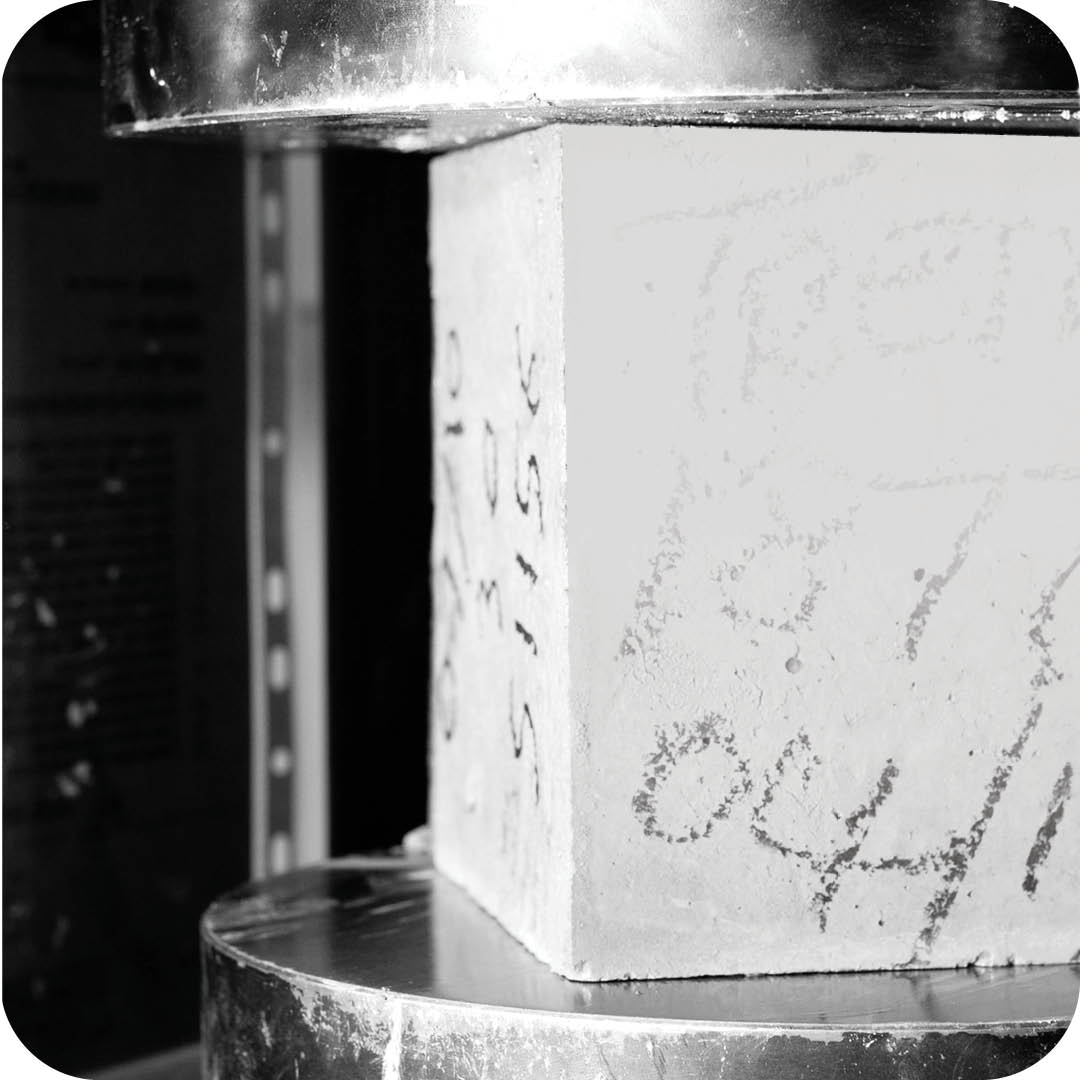
Compressive Strength
The ability of concrete to absorb compressive stresses.
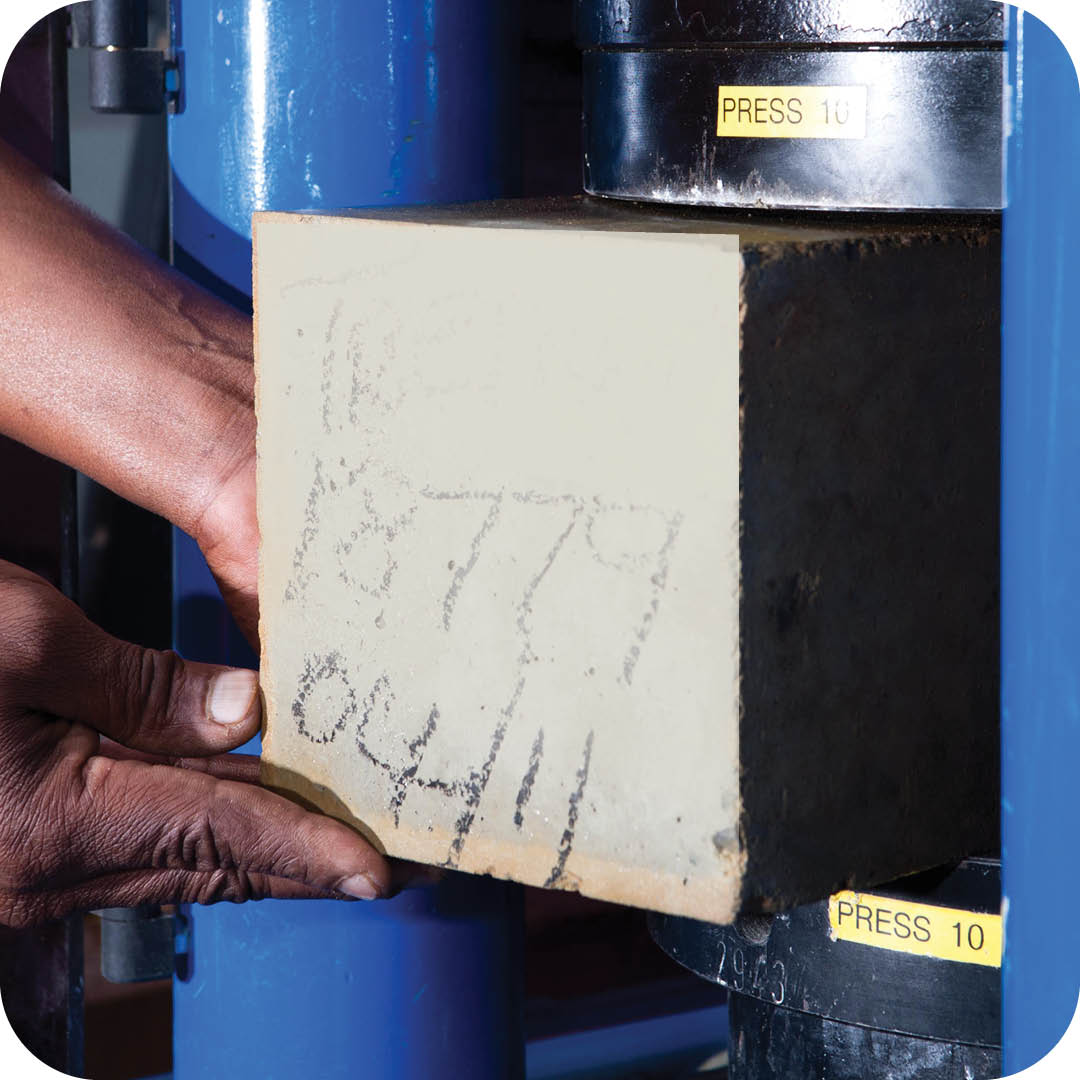
Flexural Strength
The ability of concrete to absorb flexural stresses.
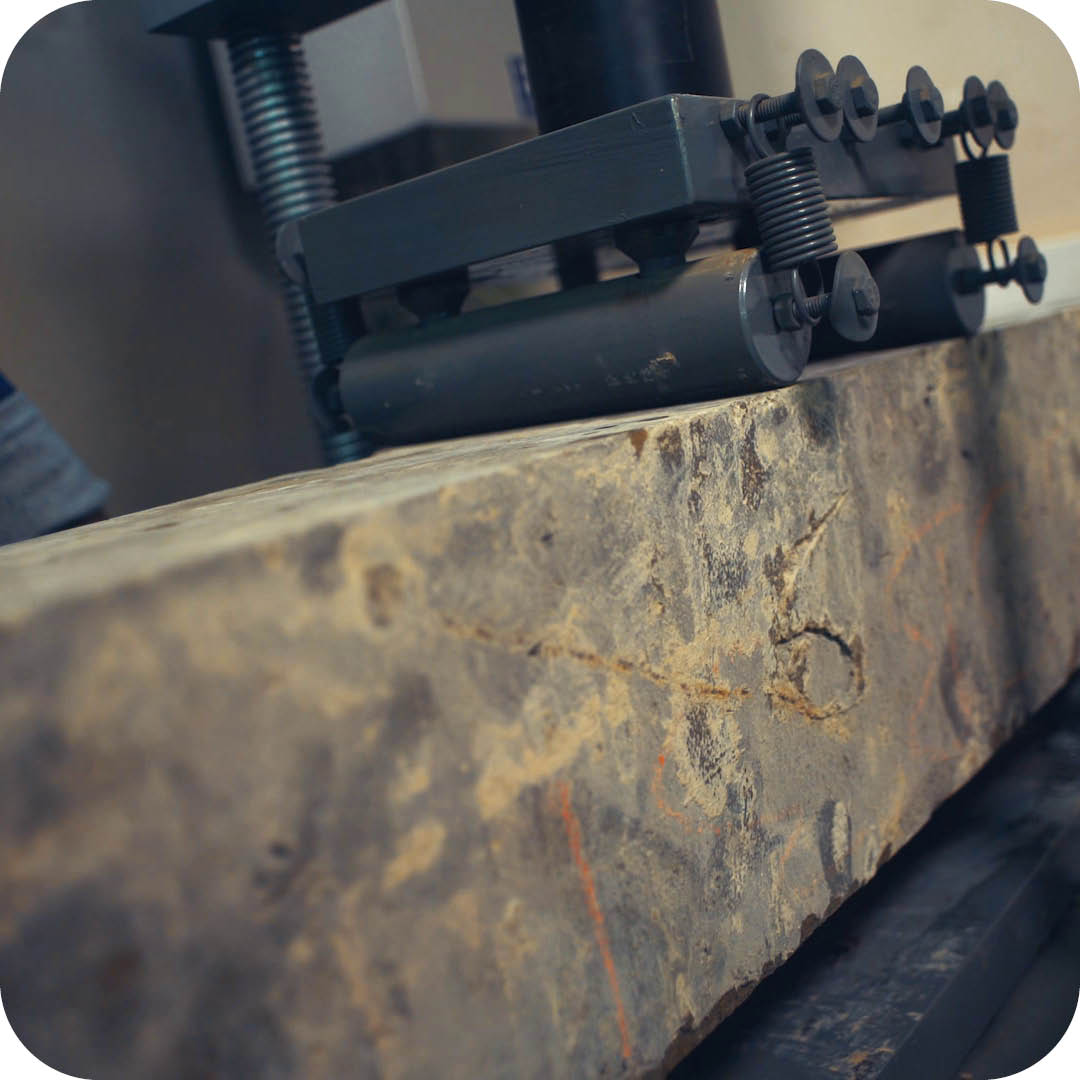
Tensile Strength
The ability of concrete to absorb tensile stresses.
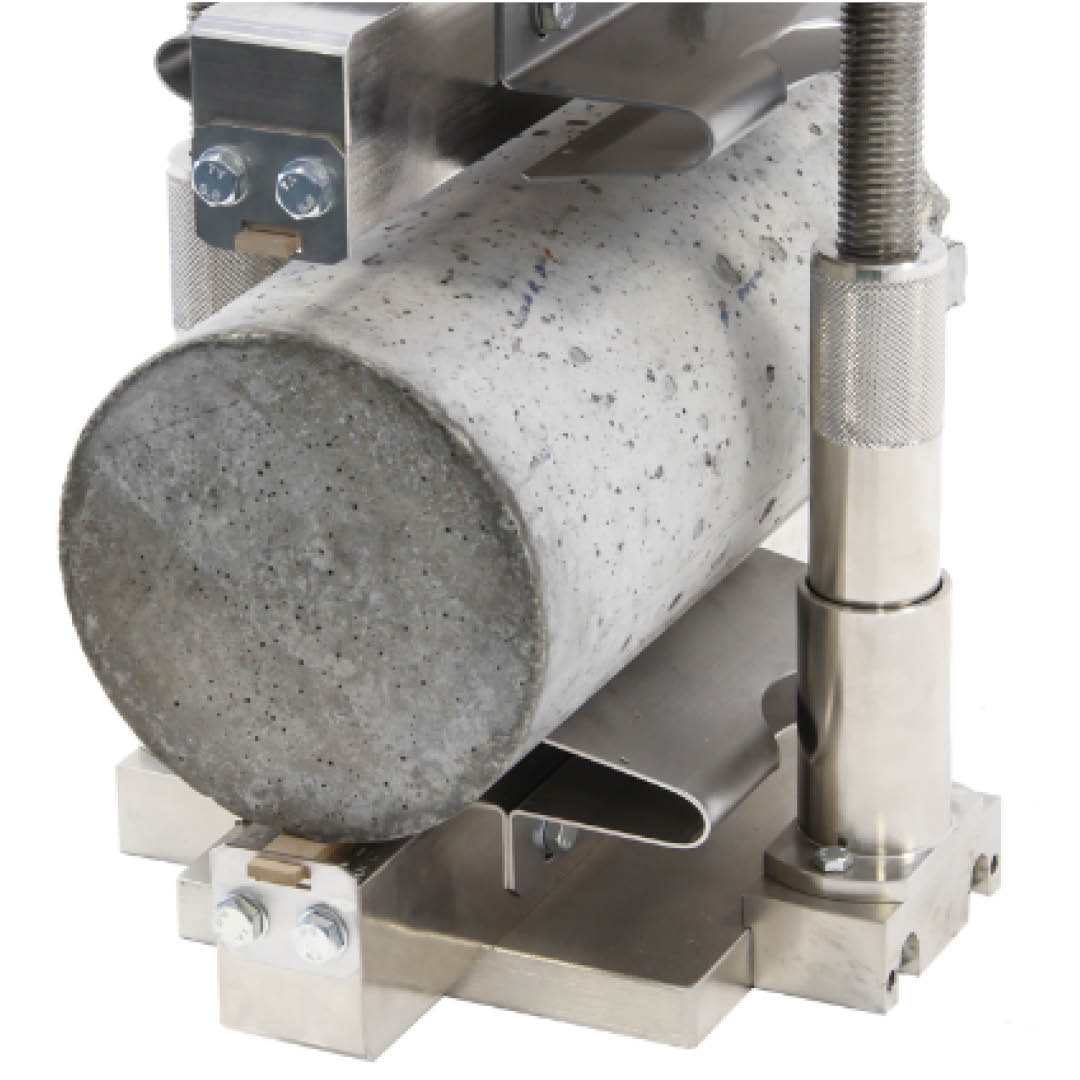
Concrete Durability
Concrete durability tests assess the long-term performance of concrete under various environmental conditions. These tests are crucial for ensuring that the concrete will withstand the stresses it will
face over its lifespan and protect the steel within from exposure to oxygen and moisture.
Durability tests include evaluating resistance to chloride ion penetration, which is critical for structures exposed to de-icing salts or marine environments. Chloride ions can cause corrosion of steel reinforcement, leading to structural deterioration. Tests like Chloride Conductivity, Oxygen Permeability and Water Sorptivity help to ensure durability specifications have been attained.
Carbonation testing on older structures assesses the depth of carbonation in concrete, which can lead to the corrosion of reinforcement if not adequately protected by sufficient cover to reinforcement elements.
Ensuring concrete durability involves selecting appropriate aggregates, mix designs, and construction practices. Regular testing and monitoring throughout the life of the structure help maintain its integrity and prolong its service life.
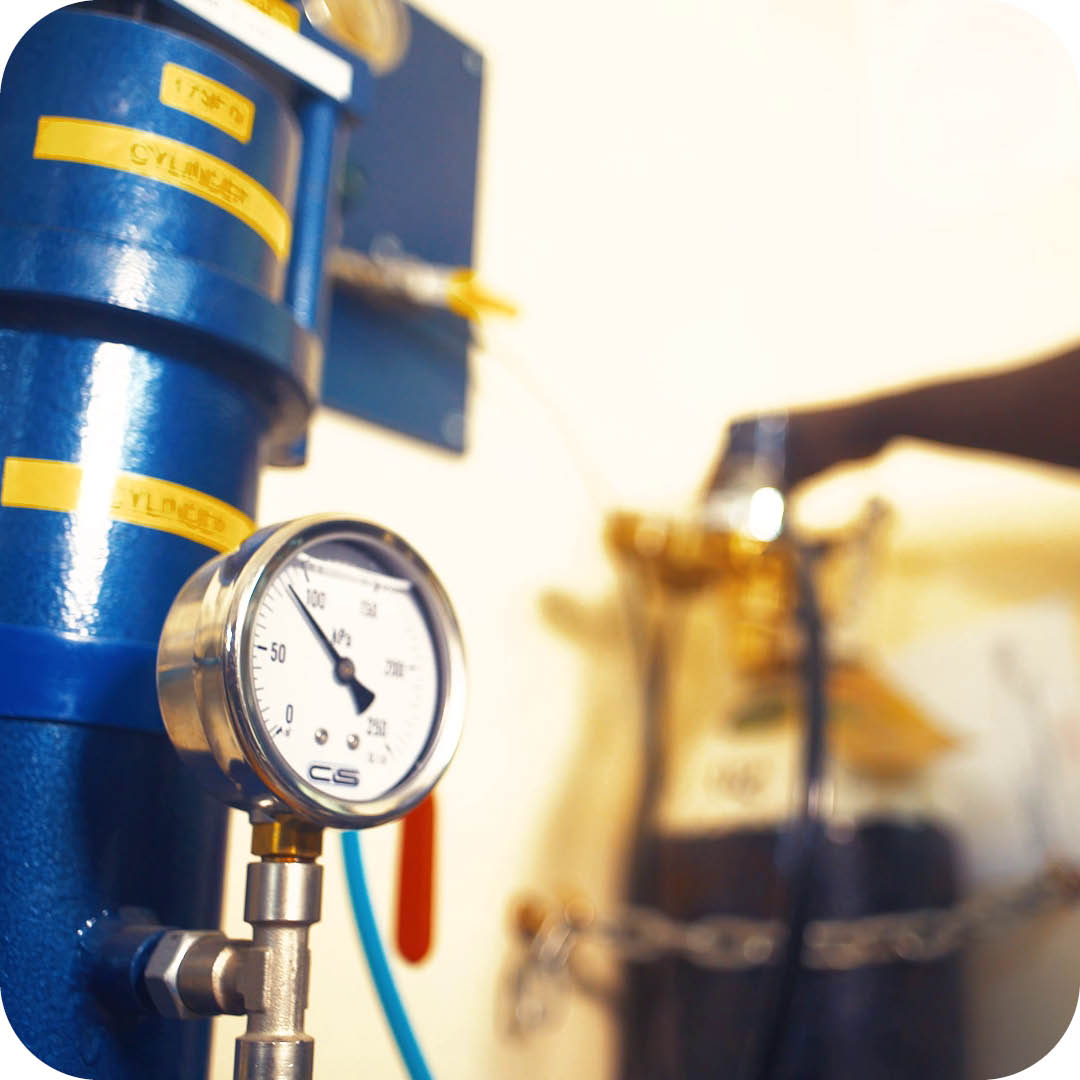
Oxygen Permeability
Assess the permeability of concrete to oxygen.
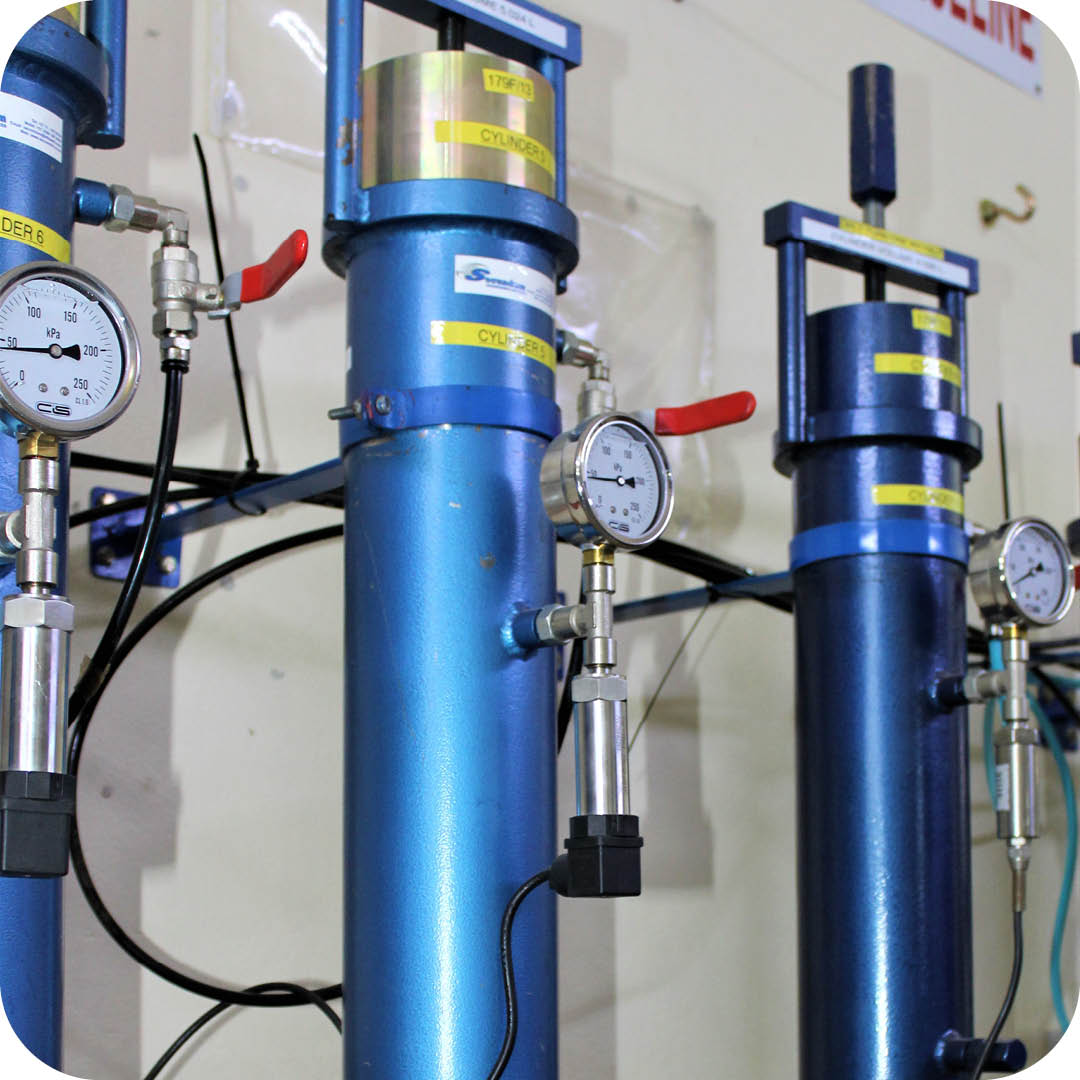
Chloride Conductivity
Assess the materials resistance to chloride penetration.

Water Sorptivity
Assess the materials resistance to chloride penetration.
